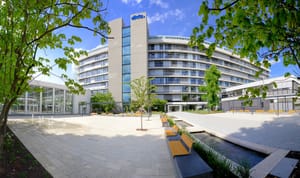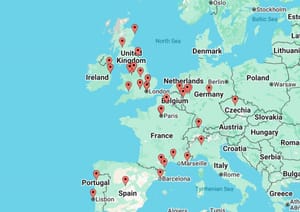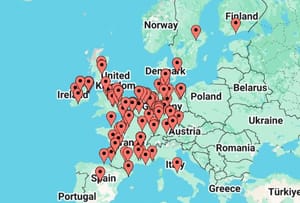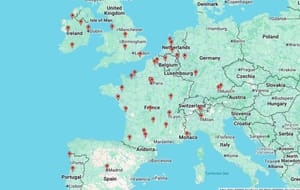Background and research question
Life sciences real estate (LSRE) forms the physical backbone of a knowledge- and technology-driven sector that unites research, development, and pilot-scale production. It differs from conventional office properties through high technical and regulatory demands. The growing need for biomedical research, personalised medicine, and the digital health economy is turning LSRE into a distinct market segment.
While the United Kingdom, particularly the Golden Triangle between Oxford, Cambridge and London, already exhibits a well-structured cluster logic and strong capital base, Germany remains at an early stage of maturity. This study therefore asks:
How can the success factors of the British life science market be transferred to Germany, and what adjustments are necessary?
The research develops an investor-oriented assessment framework based on empirically derived success factors, transformed into a scoring model for German locations. Two hypotheses guide the analysis: first, that specialised real estate is the key success factor, and second, that British patterns are transferable to Germany under comparable spatial and institutional conditions.
Theoretical framework and methodology
LSRE is defined as a specialised property class serving biotechnology, medical technology, pharmaceuticals and digital health. The focus of the current research lies on lab-offices combining laboratory and office space and meeting advanced technical standards (although the wider LSRE category also includes production facilities, distribution hubs and point-of-care environments). GxP regulations form the foundation for their planning and operation.
Internationally, LSRE has emerged as a growing yet under-standardised investment class. The UK serves as a benchmark: market maturity, capital availability and strong clusters have turned LSRE into a distinct asset class. Germany, by contrast, faces bottlenecks in land availability and institutional coordination.
Methodologically, the thesis combines qualitative market analysis with a quantitative expert survey. In June 2025, key stakeholders such as developers, investors, lenders, occupiers, and advisors evaluated eight success factors on a seven-point scale. The results were integrated into a scoring model that links qualitative insights with empirical weighting to create a transparent assessment tool.
Market comparison: UK and Germany
The eight success factors are: scientific excellence and talent base;cluster formation; capital availability; specialised real estate; government support; technological progress and ESG; international visibility; and resilience. All eight are relevant in both countries, though to varying degrees.
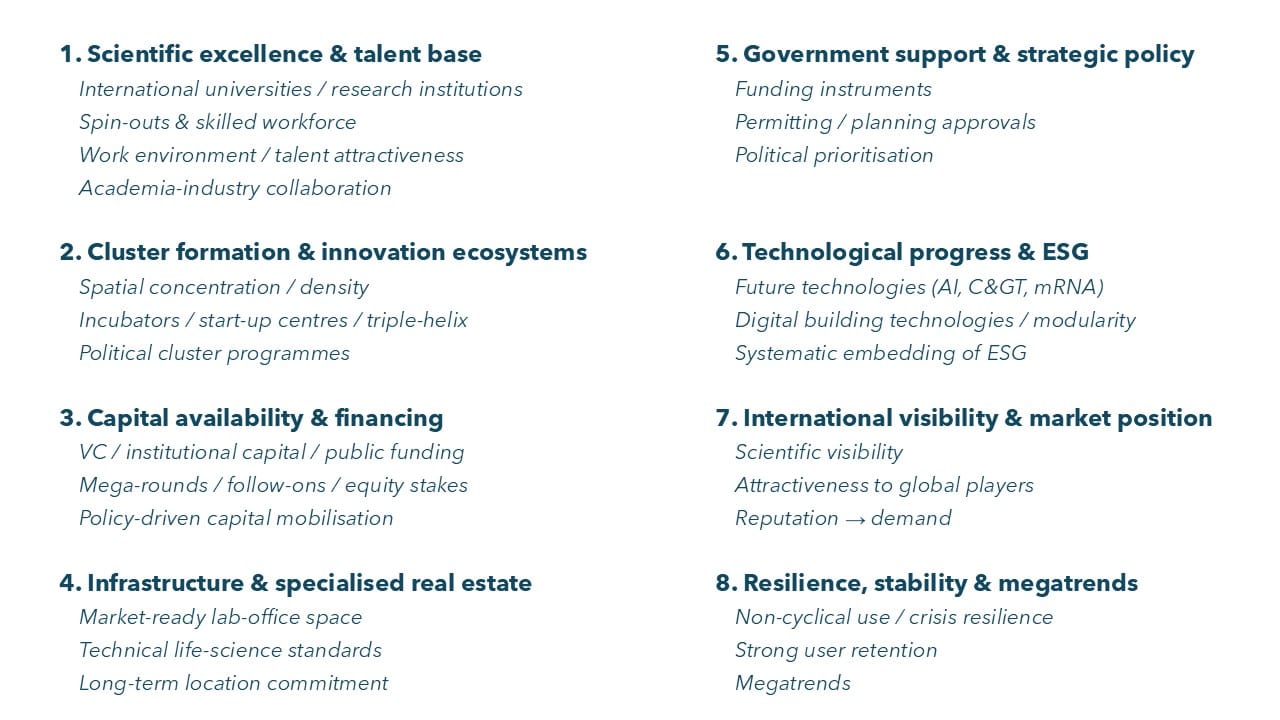
In the UK, research, industry and capital are concentrated within the Golden Triangle. Oxford and Cambridge rank among the world’s leading universities, and numerous spin-outs ensure steady demand for laboratory space. Partnerships between academia and industry illustrate the interconnection between science and commerce. Clusters such as Cambridge Science Park and London’s Knowledge Quarter have evolved into ecosystems where research institutions, start-ups and investors collaborate closely.
Capital availability is a key driver: in 2024, over 40 per cent of European venture capital for life sciences was allocated to the UK. Government support provides additional funding sources. By 2025, CBRE estimates that the development pipeline will comprise around 2.4 million sq ft of laboratory space, most of it BREEAM Excellent or EPC A–C certified. Technological and ecological innovation form an integral part of the market logic: digital twins, IoT-based building control, and modular laboratory concepts combine efficiency with sustainability. LSRE has proven to be resilient with stable demand across cycles.
Germany, by contrast, possesses a strong scientific base but remains decentralised. Munich, Berlin and Heidelberg form the leading clusters, each with an excellent research landscape but a limited supply of suitable space. Cluster organisations such as BioM (Munich), HealthCapital (Berlin) and the Health & Life Science Alliance (Rhein-Neckar) promote collaboration but have yet to reach British density.
Capital inflows have increased since the pandemic yet remain selective. Between 2020 and 2024, about USD 4.1 billion in venture capital flowed into Germany, mostly to Munich. However, ready-to-use laboratory space is scarce, construction costs are high, and the pipeline, estimated by Colliers to be roughly 708,000 square metres through 2028, remains limited. Long approval procedures and fragmented funding programmes further constrain growth.
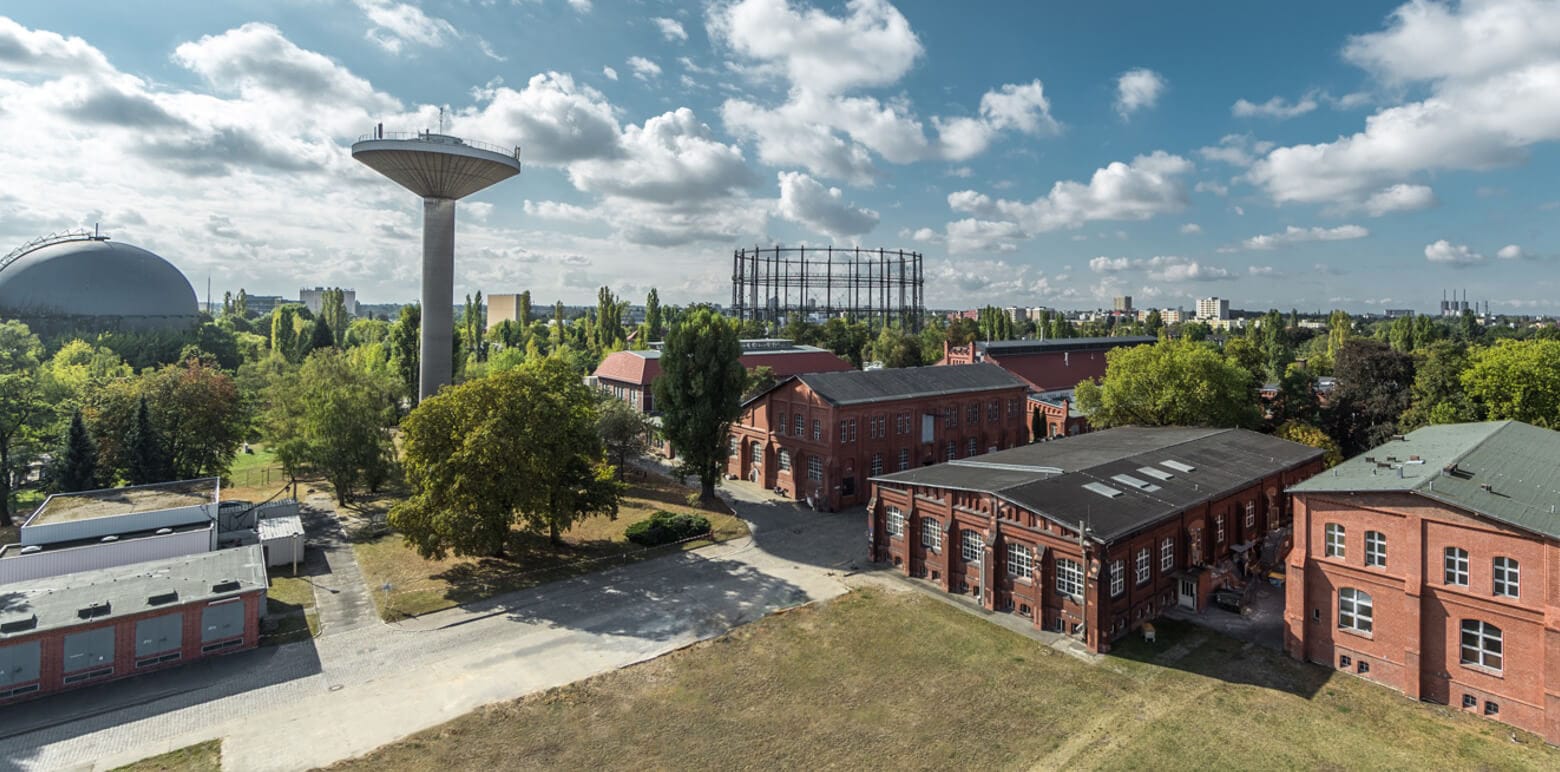
Progress is visible as ESG standards and DGNB certifications gain importance. Projects such as FUHUB and HYBRICK in Berlin exemplify technologically advanced and sustainable pilot developments. Demand continues to rise, supported by demographic and political trends.
Empirical weighting and key findings
The expert survey confirms the core assumption: specialised real estate and infrastructure rank highest with a significance index of 5.63 (weight 13.1 per cent). They are followed by scientific excellence and talent base (5.49 / 12.8 per cent), international visibility (5.45 / 12.7 per cent) and resilience (5.44 / 12.7 per cent).
The weighting shows that structural and technical constraints remain Germany’s main obstacle. While the UK benefits from standardised laboratory formats that enable scalable development, Germany faces a shortage of ready-to-use space. Talent structures also differ: the British spin-out culture and proximity between universities and laboratories foster rapid knowledge transfer, whereas Germany’s decentralisation slows coordination.
Capital, policy support and technological progress including ESG hold mid-level relevance, though funding remains selective. ESG is gaining importance due to the high energy and water consumption of laboratories. Overall, the results confirm that British success factors are largely transferable but require targeted adaptation to German conditions.
Conclusions and model application
The findings show that British success factors are transferable if Germany strengthens its development pipeline and addresses structural deficits. The country must standardise lab formats, reinforce high-performing clusters and enhance international visibility to attract investment.
Resilience and clustering ensure stability across market cycles, while policy frameworks and ESG criteria increasingly act as regulatory levers.
Based on these findings, an investor-oriented scoring model was developed. It translates the empirically weighted factors into a practical evaluation logic for sites and projects in Germany. Eight macro-factors with corresponding micro-criteria are scored between 0 and 1. The model follows an additive-compensatory logic, allowing strong performance in one category to offset weaker aspects elsewhere. The total score serves as a decision-support tool for location and portfolio allocation.
The model integrates both robust factors (e.g. excellence, resilience) and sensitive levers (e.g. capital depth, approval timelines, cluster density). Thus, the analysis becomes a directly applicable tool for investors and developers.
Implications for market and research
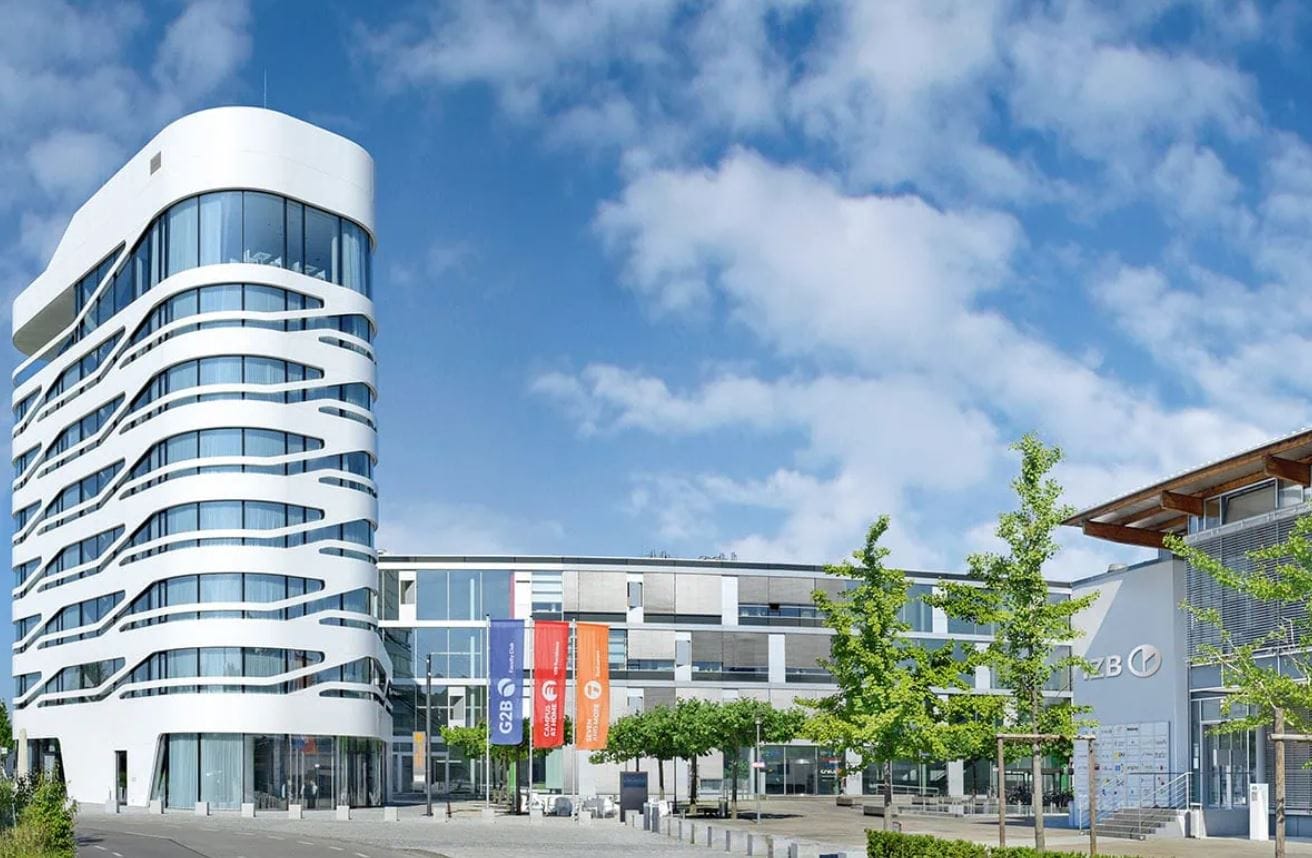
LSRE in Germany is transitioning from a niche segment towards an independent asset class. The decisive drivers are technically suitable space, scientific density, capital access and supportive policy frameworks.
The British case illustrates how spatial concentration and institutional coordination can accelerate growth. For Germany, this implies consolidating cluster initiatives, streamlining approval procedures, expanding international visibility and implementing ESG standards consistently.
LSRE remains resilient, underpinned by steady demand and growing sustainability opportunities. This research therefore offers an empirically grounded comparison of two markets and a structured evaluation model that translates scientific excellence, infrastructure quality and market maturity into a unified decision framework. It contributes to greater professionalism and transparency within a sector increasingly operating at the intersection of science, technology and capital —and firmly on its way to becoming a recognised asset class in its own right.


